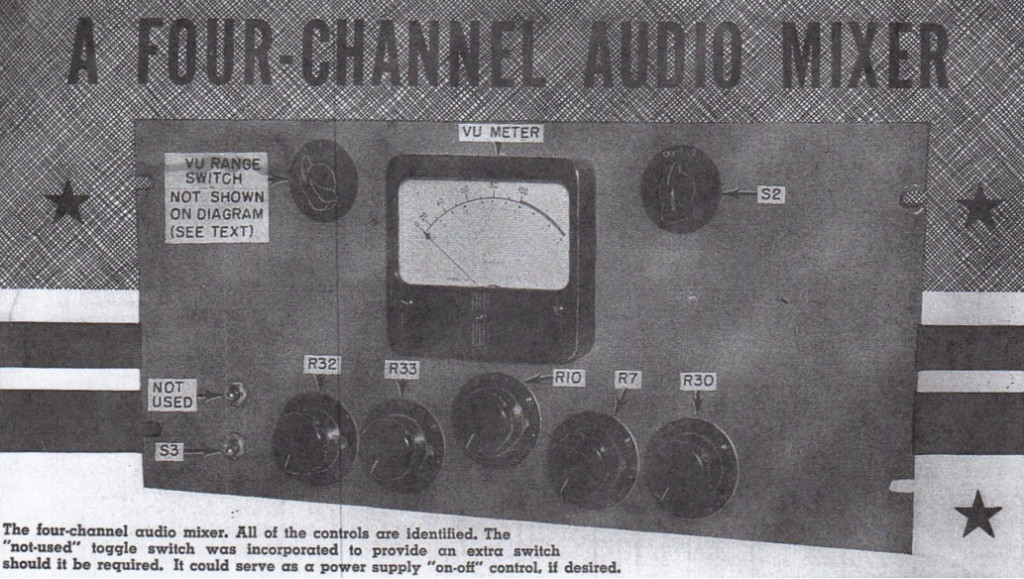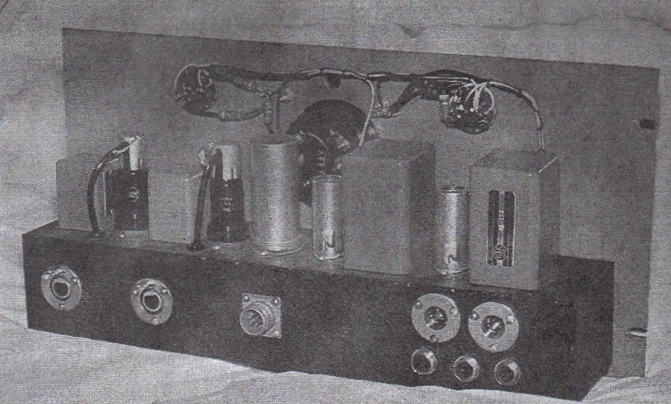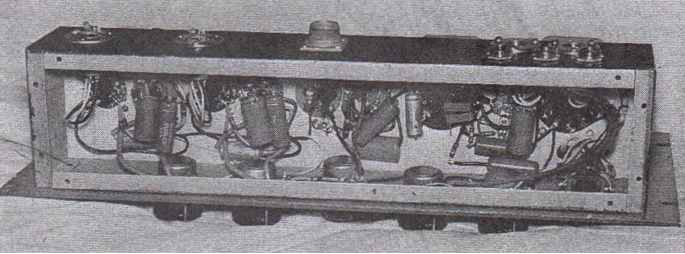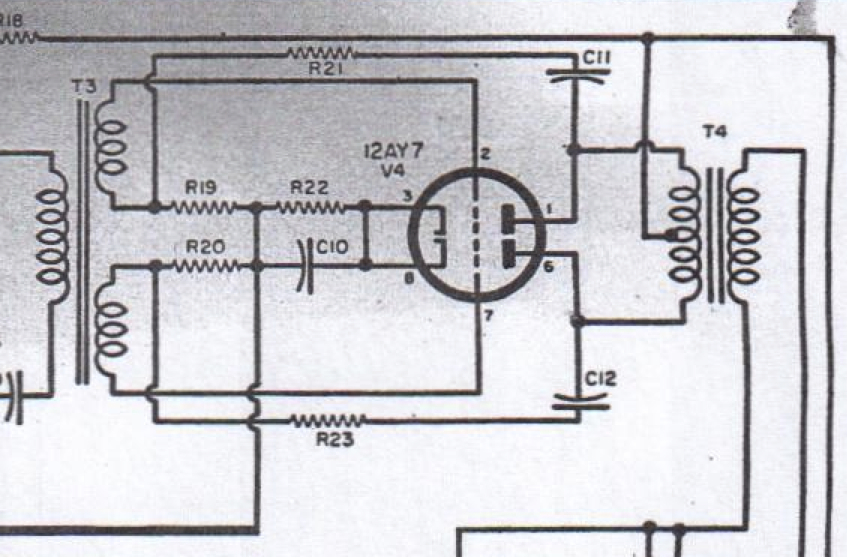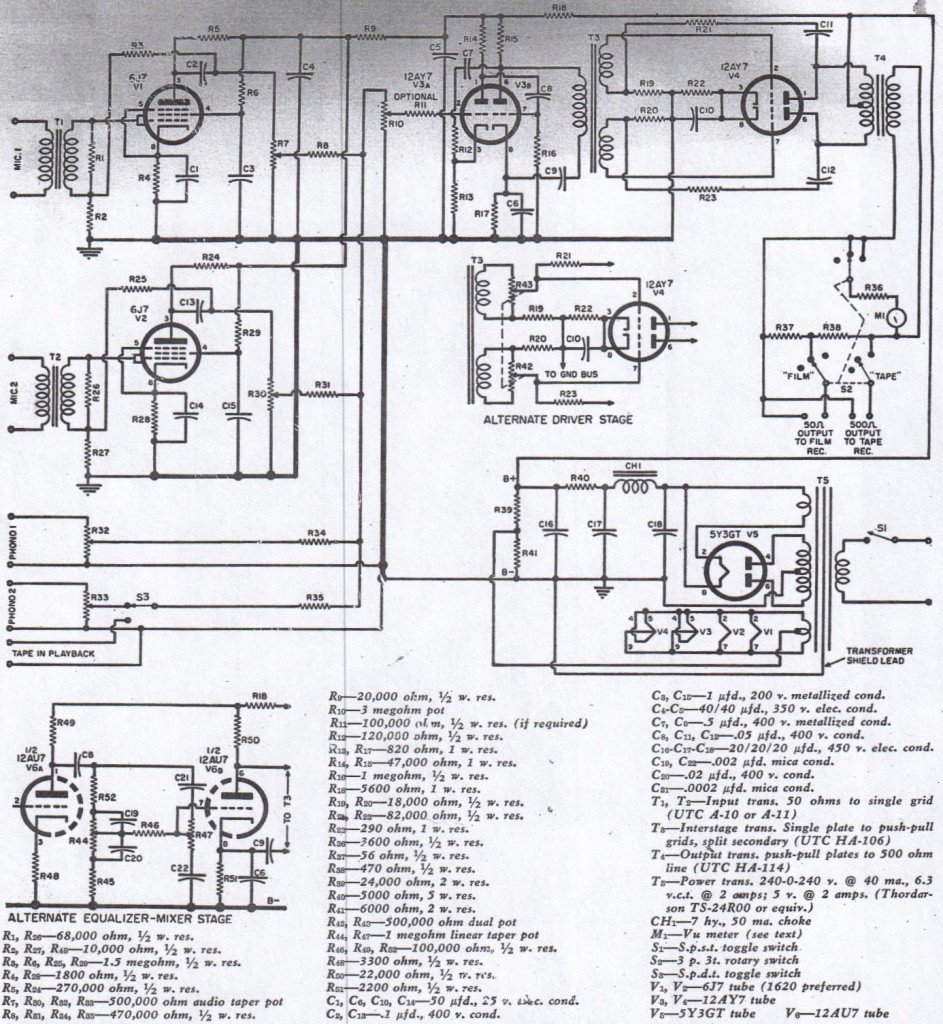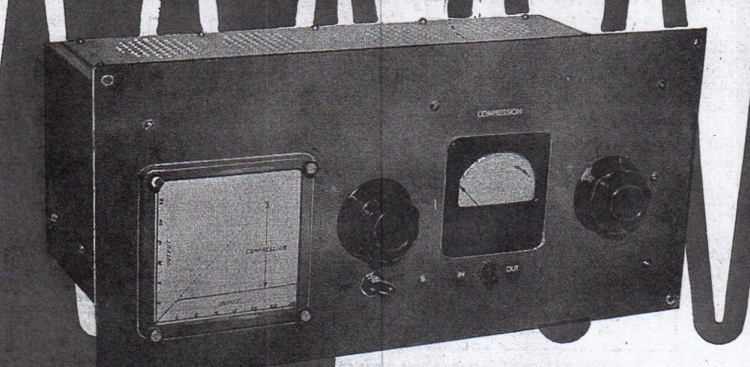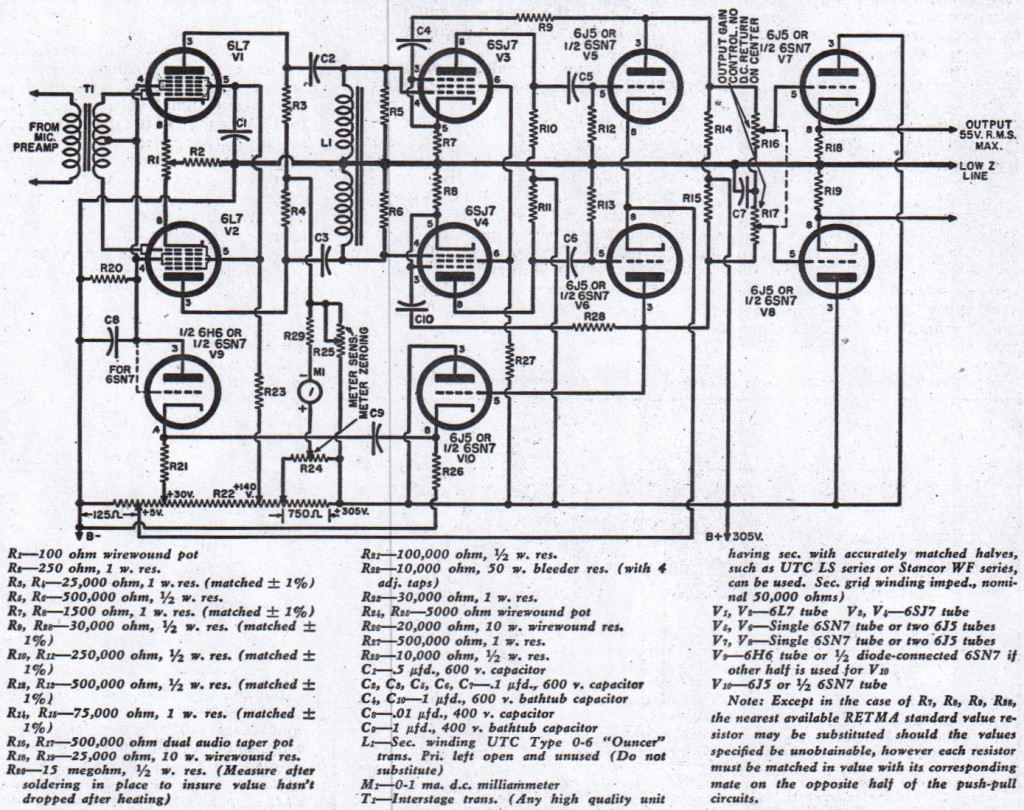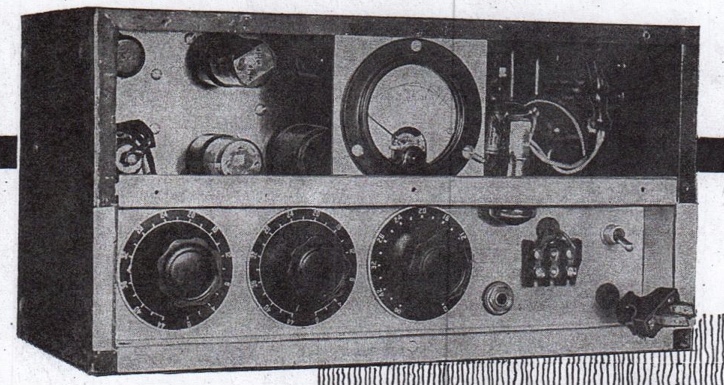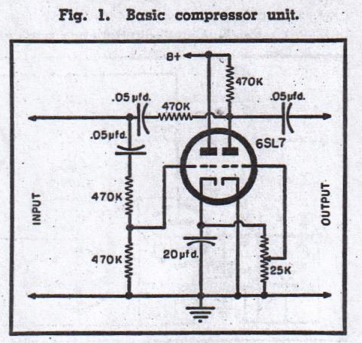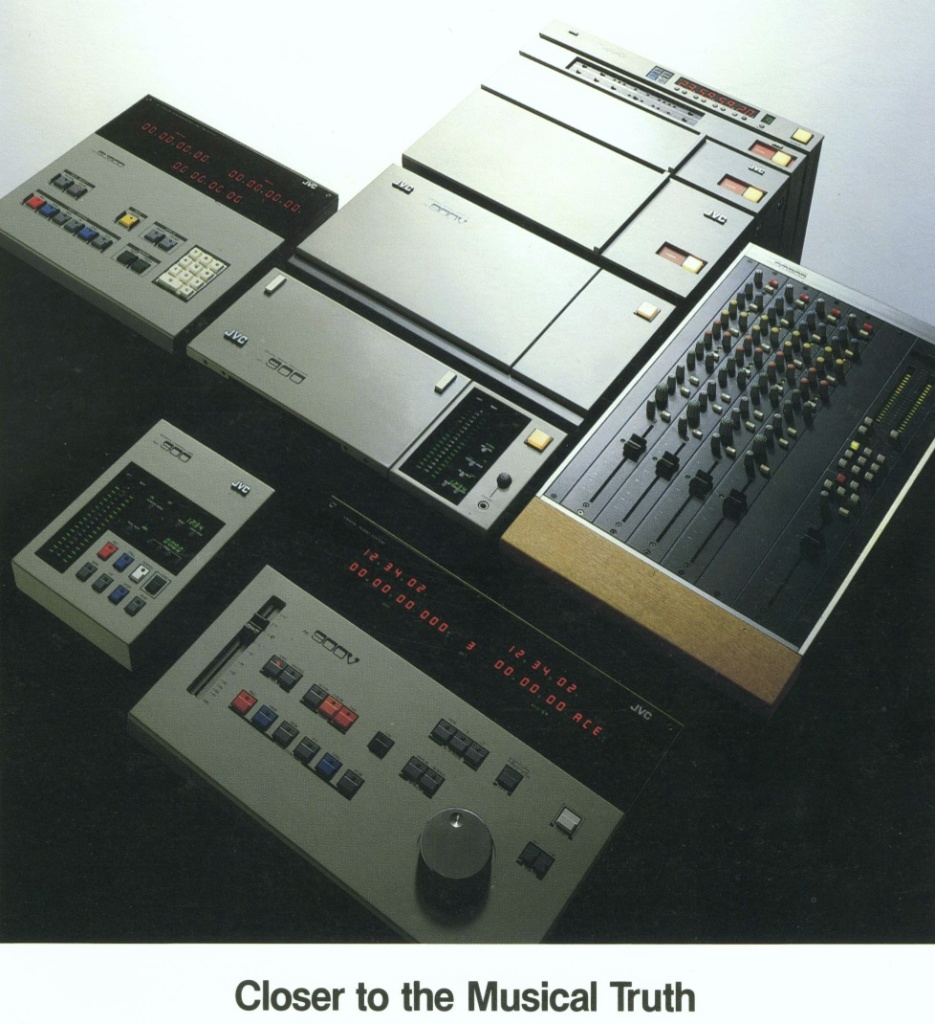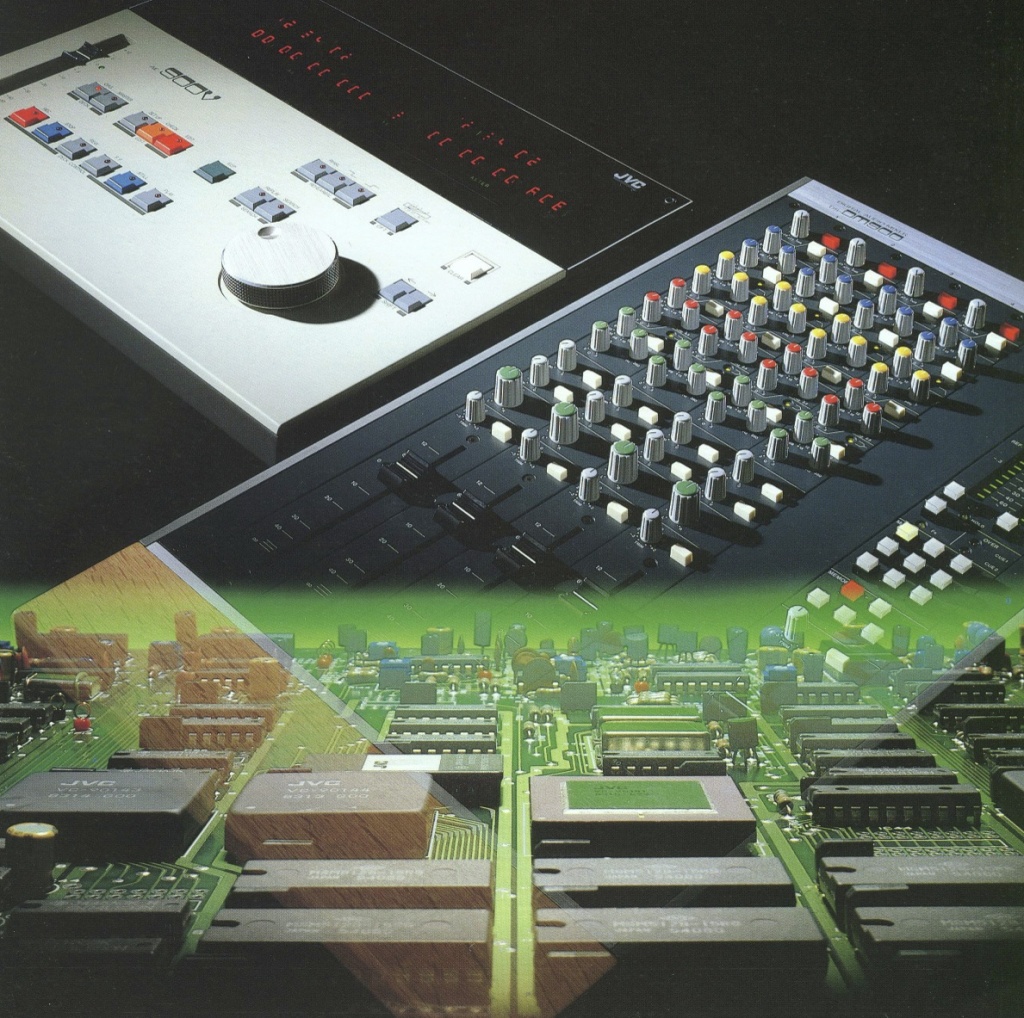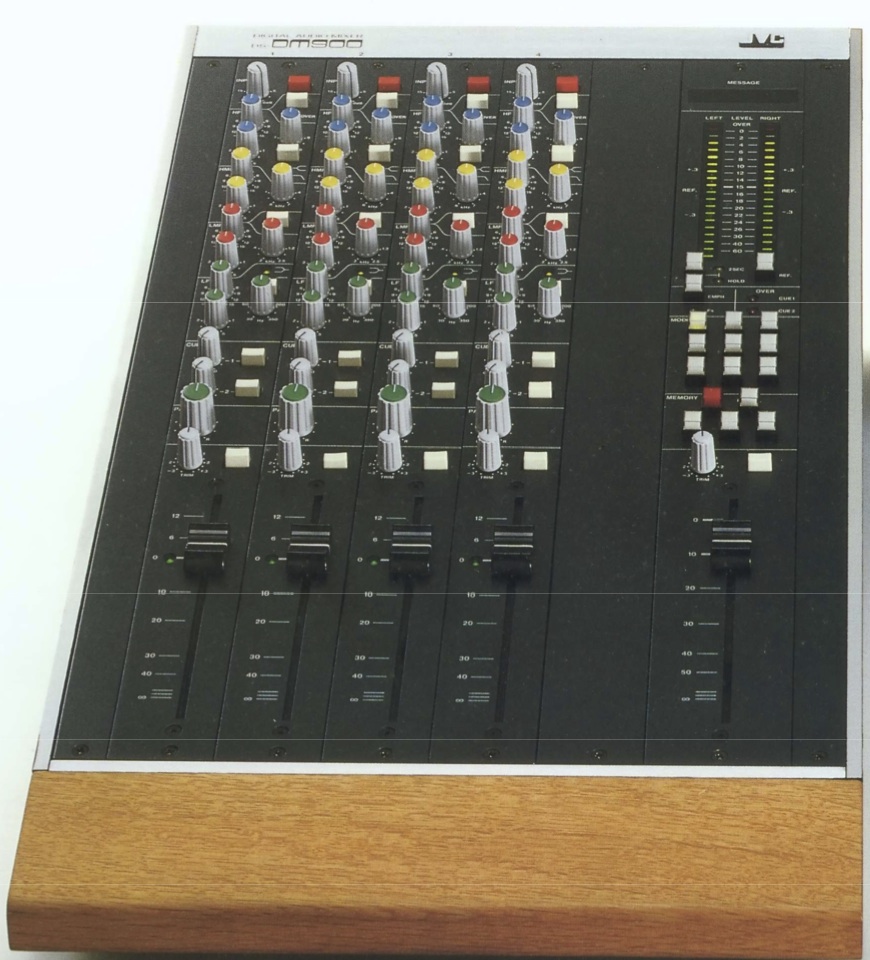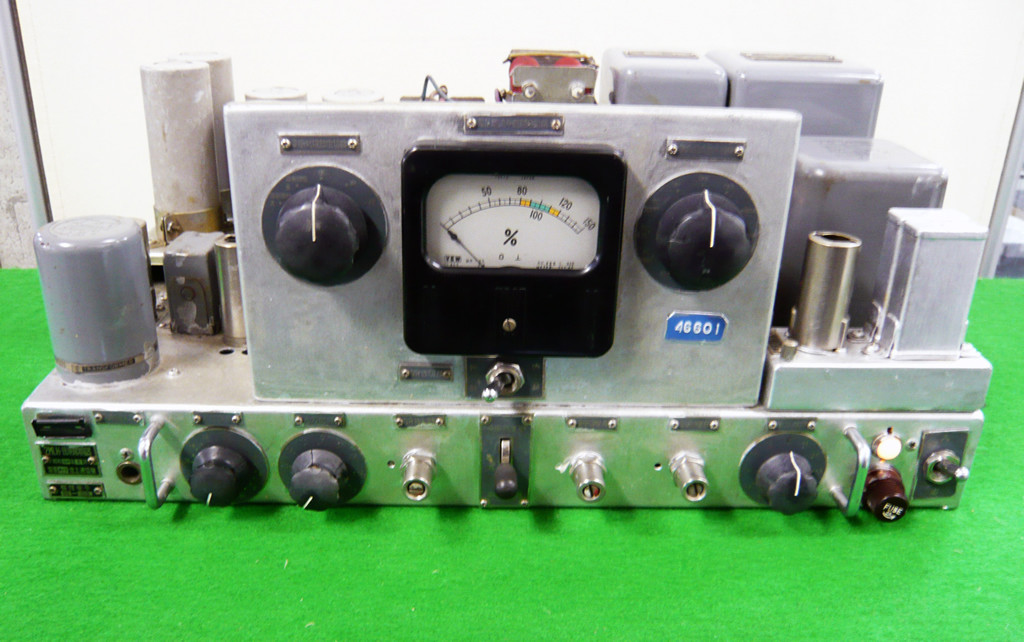 Reader S. Komiya recently contacted us with some information regarding the Ikegami-Tushin limiting amplifier, an RCA BA-6A inspired piece that was built for Japanese broadcaster NHK in 1959.
Reader S. Komiya recently contacted us with some information regarding the Ikegami-Tushin limiting amplifier, an RCA BA-6A inspired piece that was built for Japanese broadcaster NHK in 1959.
SK has been so kind as to provide the schematic for this obscure device, as well as some background information. I am posting the schematic full-size, so you can control-click it and download it for detailed viewing.
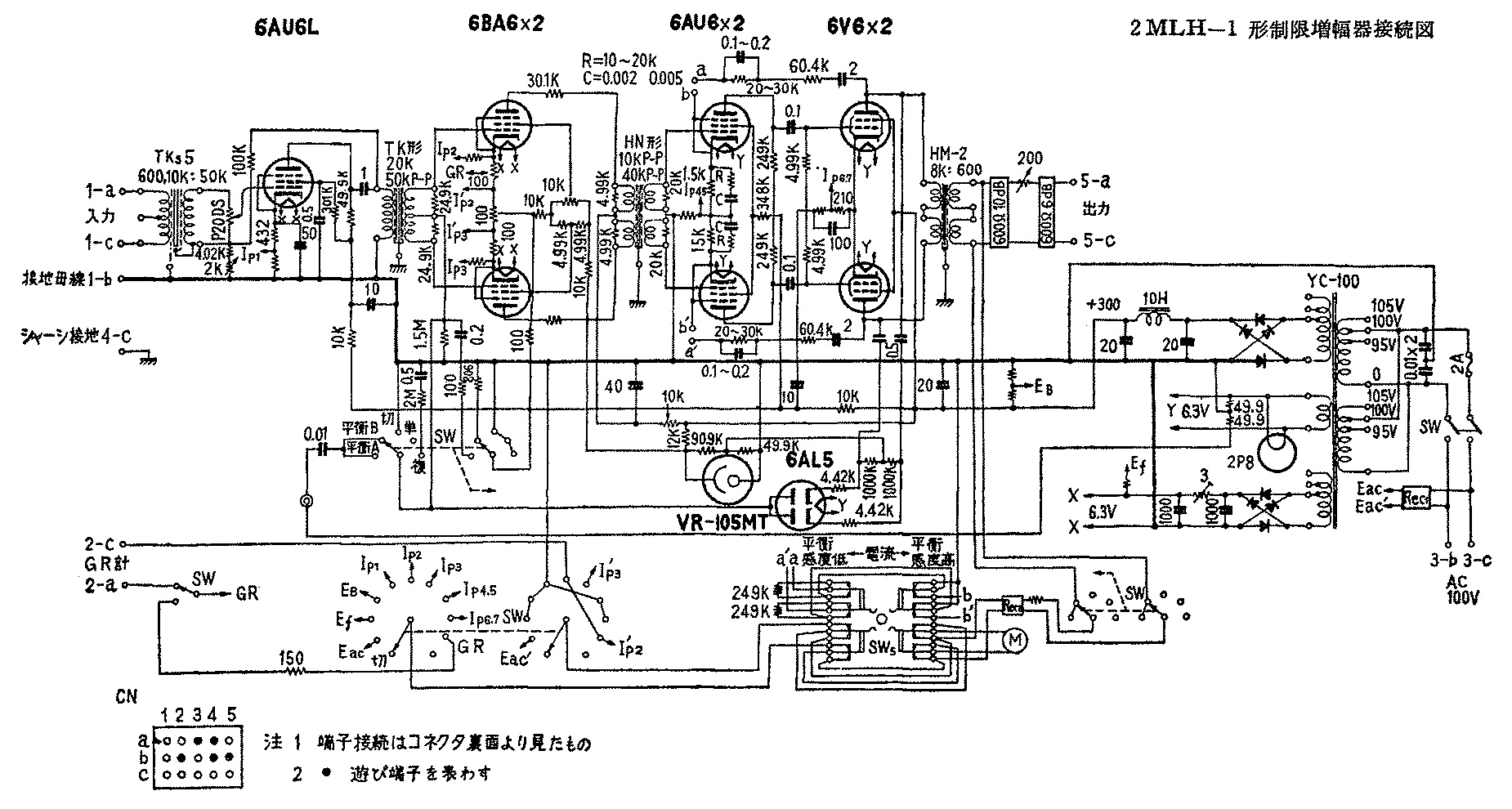
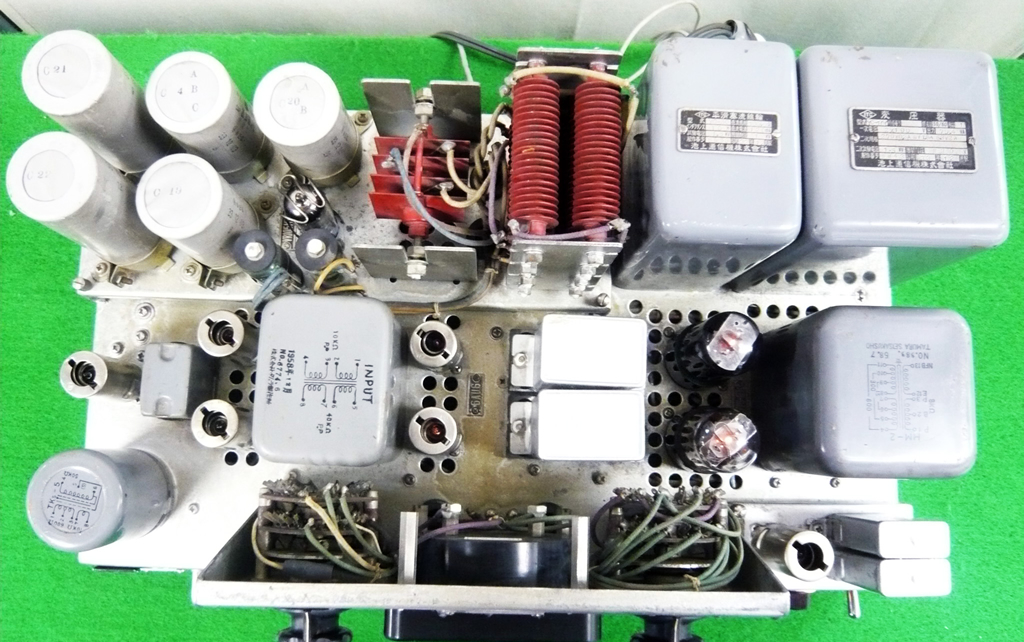 The photos in this post come from this Japanese auction website; the device pictured here recently sold for just Y30,000 ($300 USD). And in working condition.
The photos in this post come from this Japanese auction website; the device pictured here recently sold for just Y30,000 ($300 USD). And in working condition.
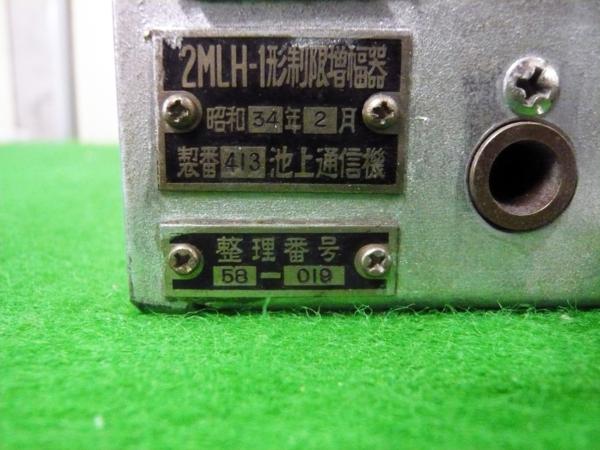 Here’s what SK has to say about the Ikegami-Tushin Limiter:
Here’s what SK has to say about the Ikegami-Tushin Limiter:
‘(It is) very much inspired by the RCA BA6A for sure. It even looks a bit like it. The tube format is very similar: just change 6sk7 to 6ba6, 6j7 to 6au6 those goes into 6v6 PP and transformers between 6au6. 6ba6 were popular and cheap in japan because we made those a lot in japan in the 1950s and 60s.
6sk7 and 6j7 were never made in japan. This unit also has an extra gain stage before first stage, which is pretty neat. The components seem very high-end and some are custom made for this. When i was gathering info about the ba6a in old tube shop, an older ham radio guy told me that he DIY’d one of these a long time ago…’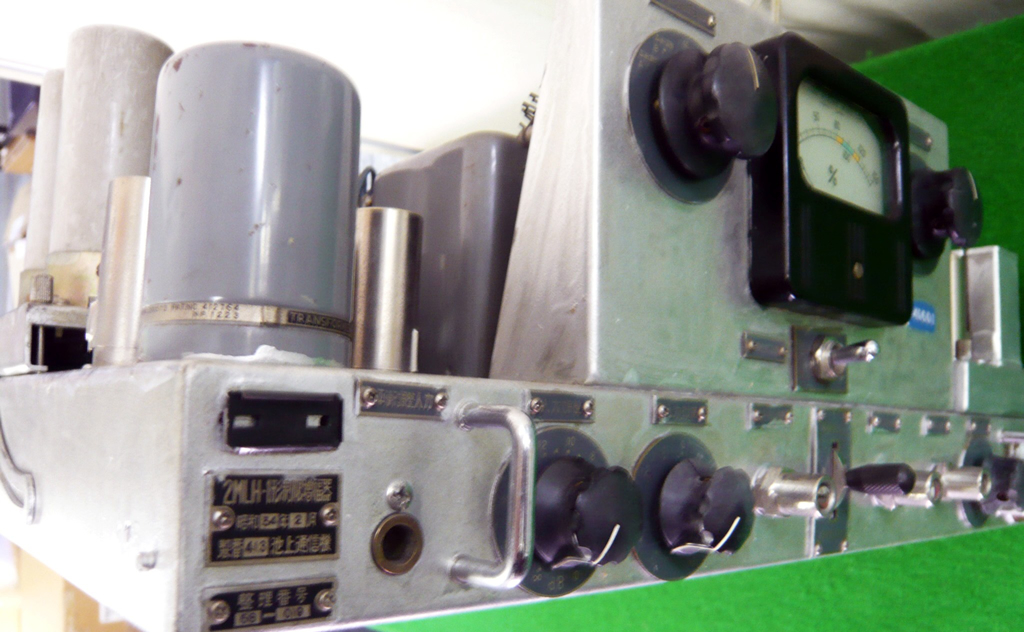
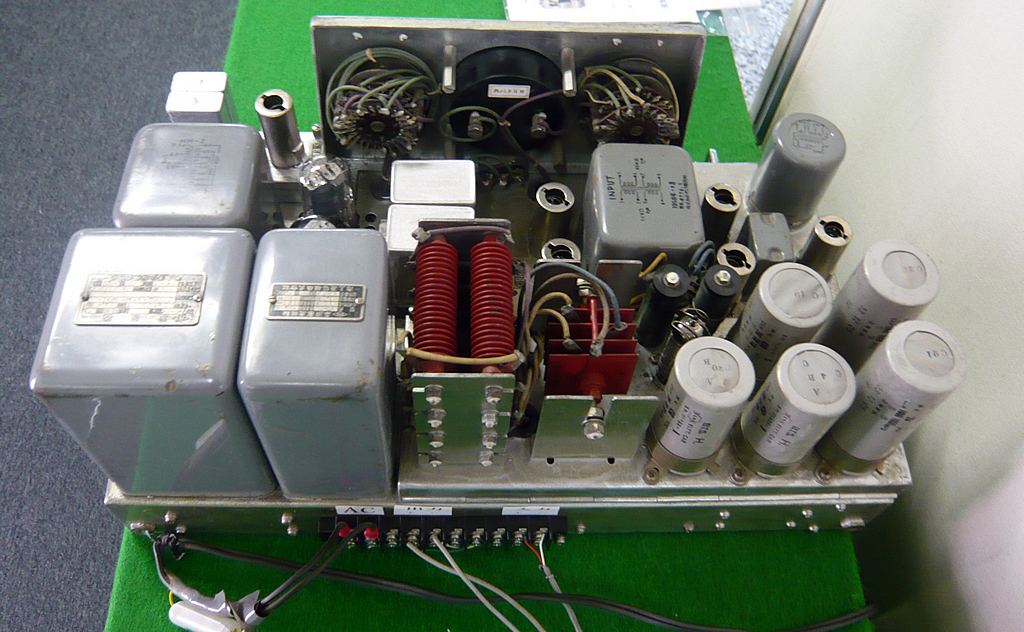 *************
*************
*******
***
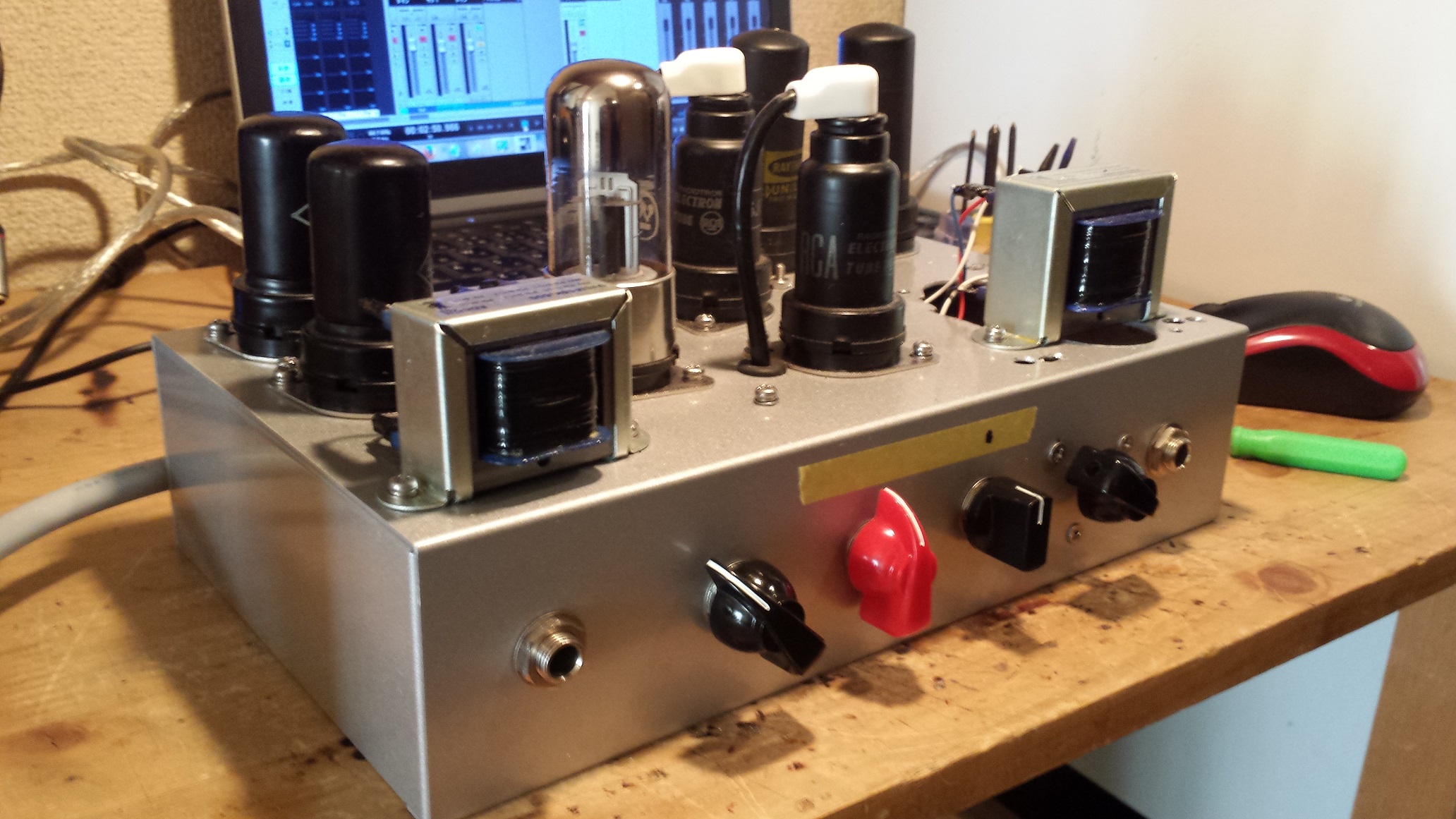 SK also recently built his own BA6A from scratch. It is depicted above, and you can hear audio samples of it at his soundcloud page. SK has also scratch-built the Federal AM864 tube limiter, and he has this to say about the projects:
SK also recently built his own BA6A from scratch. It is depicted above, and you can hear audio samples of it at his soundcloud page. SK has also scratch-built the Federal AM864 tube limiter, and he has this to say about the projects:
“The sound you will hear in soundcloud is a good comparison with the fed864. The fed has good high open but compressed sound, the ba6a has low mid, ton of low mid. I love them both. The first time I used them was at a studio in Chicago back in 90s when I was living in US. At that time I was using LA-2A mainly, but that studio had a Fed864 and BA6A. They blew my mind, and since then I wanted them so bad!’
SK also provided some build-notes on his BA6A project; if you are planning on building you own BA6A, you might find these useful: S_Komiya_RCA_Ba6a_DIY_notes
